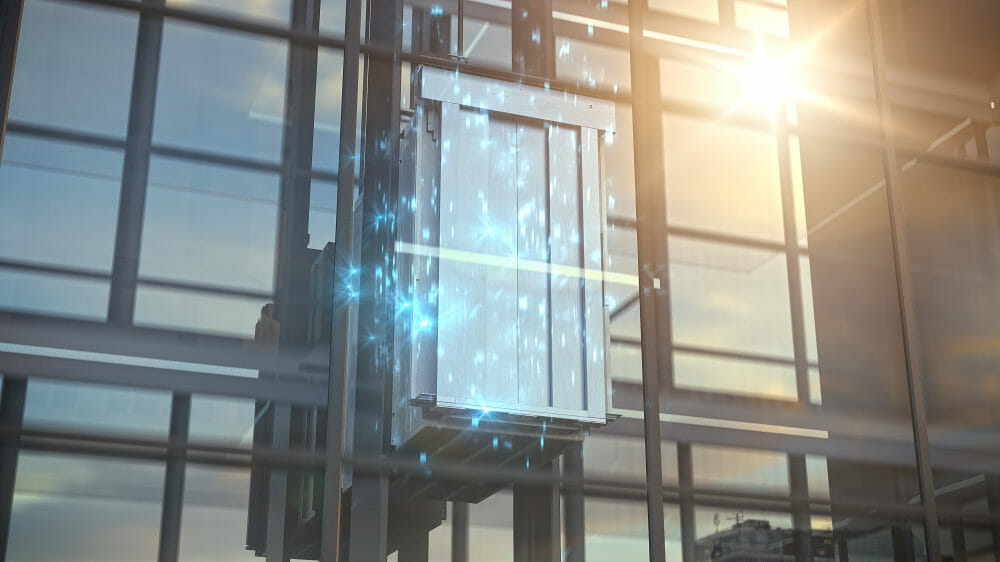
Andreas Schierenbeck, CEO at global elevators and technologies company thyssenkrupp Elevator, assesses the use of data from our buildings for real-time monitoring and risk management in our cities.
The world’s population is increasing and subsequently more and more people are living in cities. In 1950, rural populations accounted for 70 per cent of the global population. However by 2030 it is predicted that up to 60 per cent of the global population will live in cities with the vast majority of growth expected in Africa, Asia, and South America.
As a result megacities, cities with a population of more than 10 million people, have evolved and, in line with this urbanisation, high-rise buildings which offer many environmental and economic advantages are the style of choice. In fact the number of tall buildings is ever increasing and their average height today is surpassing past expectations. In 2000, the average height of the world’s 50 tallest buildings was 315 metres, while in 2013 the average reached 390 metres; a 25% increase per decade.
With the growth of high-rise buildings, mobility of people is key in ensuring our cities operate efficiently. Arguably mobility is just as important as other essential utilities including water and energy supplies. As the move to cities continues to increase, efficient urban planning and infrastructure development – including efficient mobility in buildings – is not a luxury but an absolute necessity.
Elevators are at the heart of the solution and are now as sophisticated as any other high-technology devices. Revolutionary technologies, such as thyssenKrupp TWIN elevators, with two cabins operating in the same shaft across different floors, increase overall efficiency and transit times, and can reduce the floor space previously occupied by elevators by up to 30%. It is crucial therefore architects and developers building today’s and tomorrow’s cities incorporate the best of these intelligent technologies into our buildings to accommodate our cities’ needs and deliver genuine sustainability and reliability for the future. The expertise and products already exist; now all that remains is to speed up the integration process. Coupled with legislation and financial incentives to go green, the possibilities are limitless.
Data also has a crucial role in maintaining a more efficient built environment and yet is one of the most overlooked assets our buildings possess. Data collected from the Internet of Things, machine learning and predictive analytics can be turned into valuable business intelligence to transform the way our buildings operate. For example data can help us better understand the operational patterns of our buildings and improve maintenance efficiency and reduce “downtime” – both of which can significantly reduce overall building running costs. This technological approach to building maintenance is particularly useful in improving productivity in commercial high-rises, where there is an emphasis on time management and optimal work efficiency.
Working with Microsoft we applied this data-driven learning method to our elevator operations, creating a new “Internet of Elevators” technology – Max – which will make getting stuck in an elevator a thing of the past. By monitoring individual elevators that are connected to the Cloud, tapping into the Internet of Things it is capable of identifying in real-time the need for replacements in components and systems before the end of their lifecycles. This will save time, stress and also make the lives of service engineers and building managers that little bit better.
Future-conscious approaches like this mark the next step in our city landscapes, and will become increasingly popular as megacities – and the efficiency challenges they present – continue to grow. As buildings get taller and reliability demands increase, businesses need to look to data-driven innovation like Max to secure mobility and ensure our cities’ prosperity.
